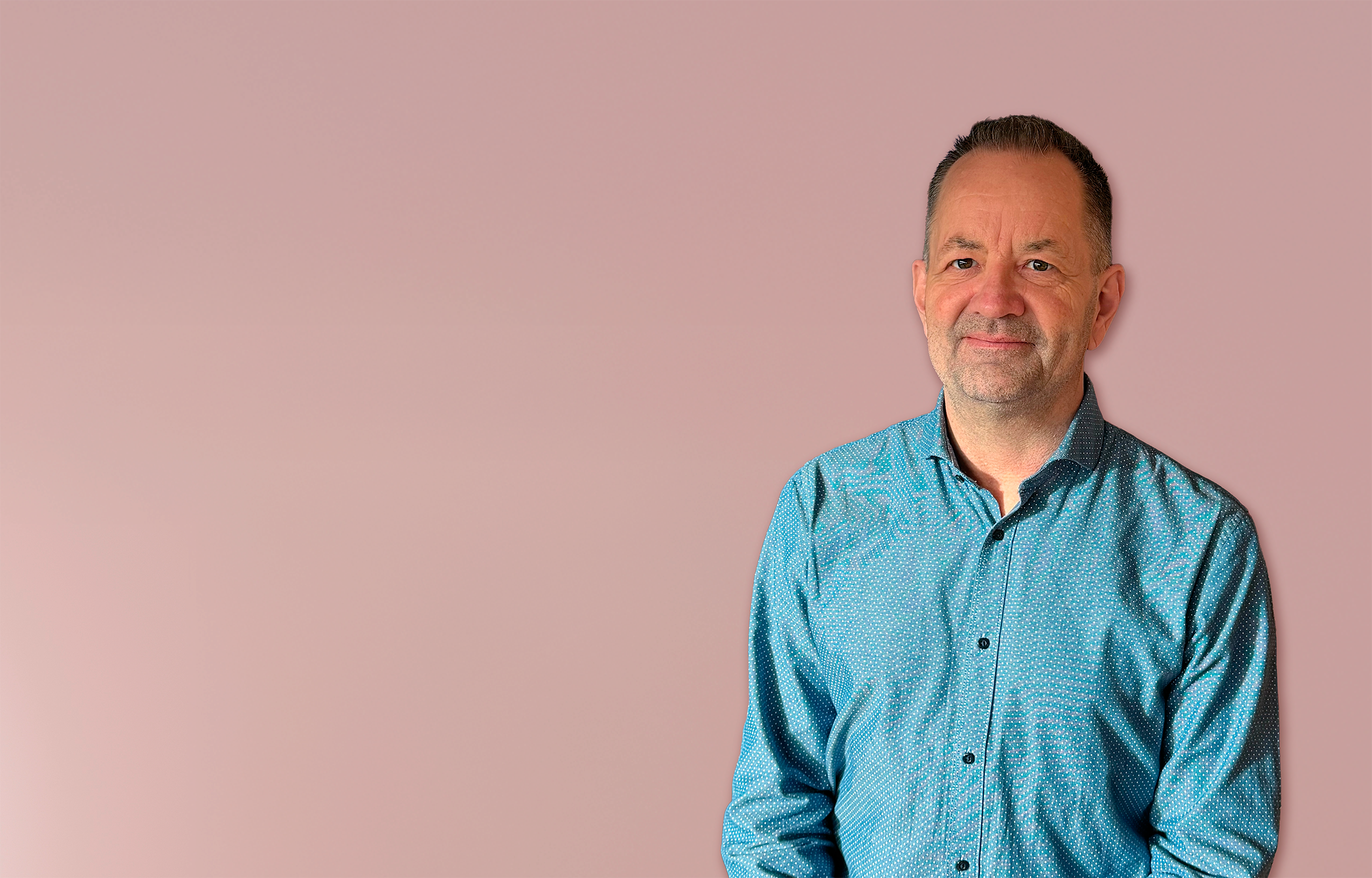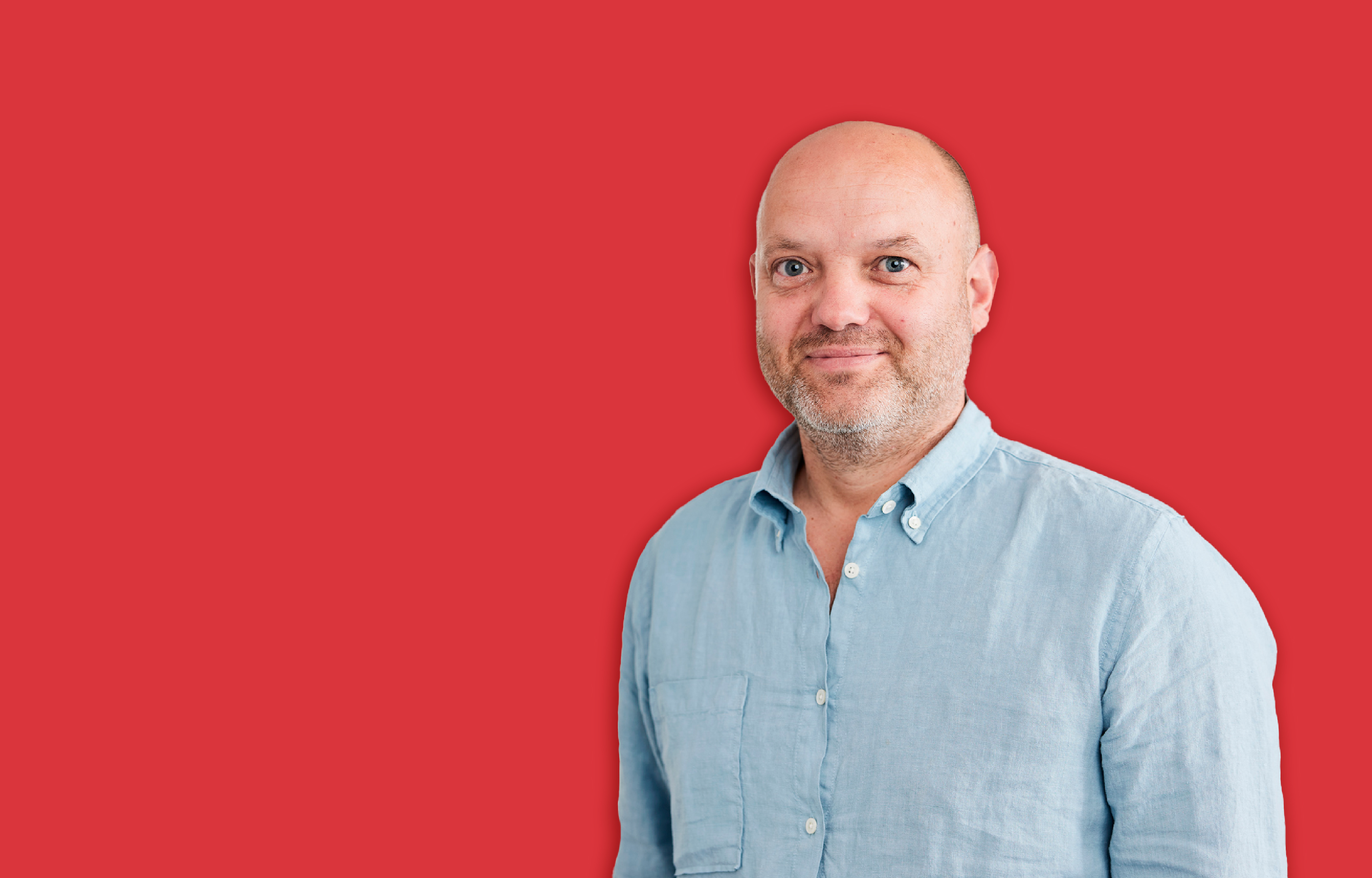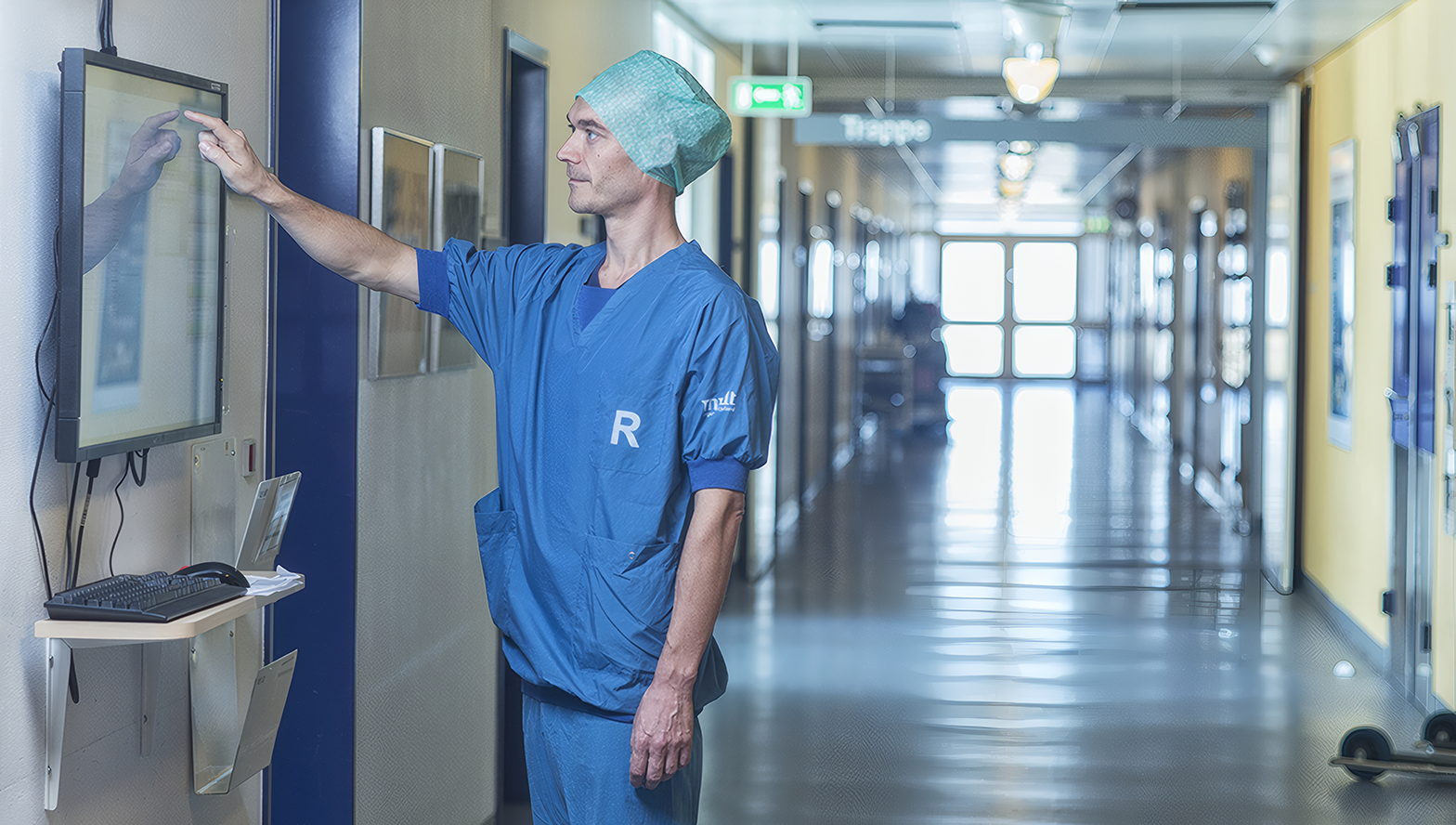

8 min.
April 3, 2022
Your EV battery should have its own passport
Text:
Casper Hindse
Photo:
Erik Nylund
The circular economy is a beautiful idea. The idea is as simple as it is difficult to implement: as many of the products we use precious resources to produce as possible should be recycled.
In the best of all possible worlds, nothing should leave the circle. We should reuse and recycle endlessly - saving precious natural resources.



Batteries for electric cars are a good example and will - if the EU proposal is adopted - be one of the first products to have its very own passport.
Electric cars are more environmentally friendly than cars that require fossil fuels, but the same cannot be said for electric car batteries. They contain precious and rare metals, which are often mined at great environmental and human cost.
- The production of batteries is extremely dirty. It uses natural resources that we don't have many of and has human costs that we don't want," says Mads Kibsgaard, Senior Standards & Sustainability Specialist at GS1 Denmark.
- It's an industry that weighs heavily in environmental accounts. If we can crack the code here, it can help make a big dent in future environmental problems.
Another area also targeted for digital product passports is textiles. Thousands of liters of water and chemicals are used to produce a pair of conventional jeans - and add to that the risk of them being produced at human cost. Therefore, it would be useful to know the entire production cycle, which we will be able to read from the digital product passport of the future. But what will such a product passport look like?
- Maybe the DPP will be a QR code engraved in an electric car battery, or it will be printed as part of the 'washing label' on a pair of pants. The digital product passport is actually just a new word for standardized data. It must be easy to fill in, update and read data if we are to be able to recycle to the extent required by the circular economy, Mads Kibsgaard emphasizes

GS1's ROLE
As a recognized provider of global standards and with its member-based not for profit structure, GS1 is a natural part of the European Commission's work to transform the EU into a circular economy. In the Commission's proposal for a revision of the Ecodesign Directive for sustainable products, Article 9, 'General requirements for the product passport', states that a digital product passport must be based on open and interoperable standards, such as GS1's standards.
DPP: The road to circular economy
The EU has a goal to be climate neutral by 2050. But you can't become climate neutral just by talking about energy. We also need to save on our consumption of natural resources.
This is where data and labeling come in.
- There should no longer be waste, to put it bluntly. Everything should be recycled, and to do that we need to know the history of the product and what it contains, whether it's a battery for an electric car, a pair of jeans or plastic around a food product. In the future, as many products as possible should be recycled. In order to achieve this, according to the EU, each product must have its own digital passport with information about everything the product has 'experienced' from production to repair to ingredients. Welcome to the future, says Mads Kibsgaard.
- Part of the EU's Green Deal and a proposal that will be presented to the European Commission at the end of the year (2023) is the idea of a Digital Product Passport (DPP). A kind of digital inventory that can be easily filled in, updated and read.
- The product passport is an operationalization of circular economy. We need to facilitate the knowledge we have. To be able to recycle, we need to know if, for example, an electric car battery can be directly reused in another electric car or if it has been repaired so many times and is so worn out that it needs to be broken down and recycled in a different way.




The production of batteries is incredibly dirty. It uses natural resources we don't have many of and has human costs we don't want







